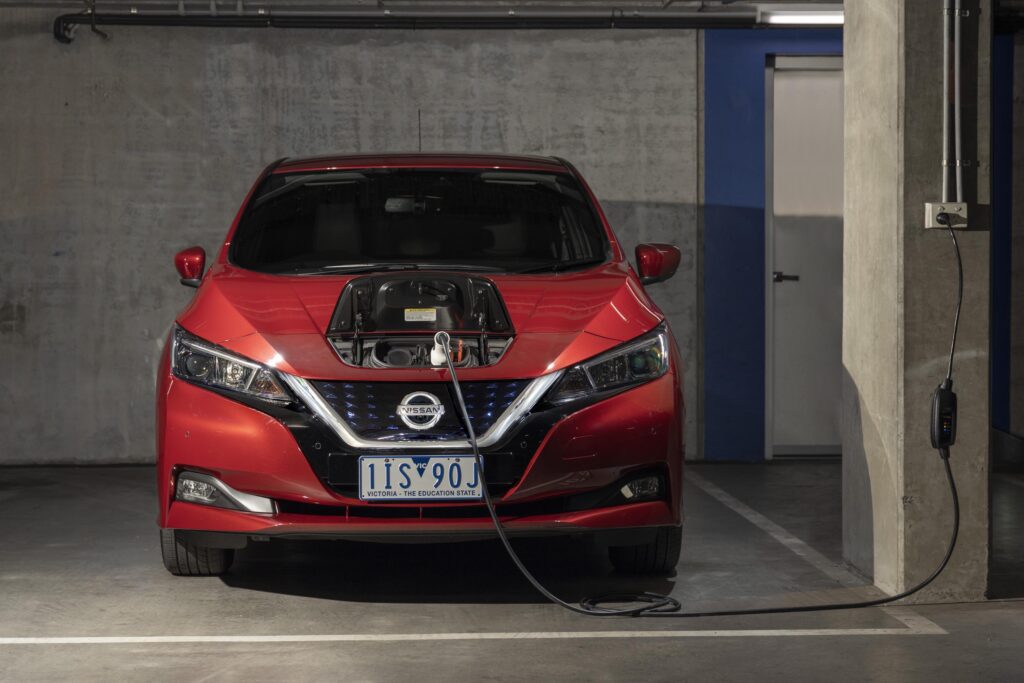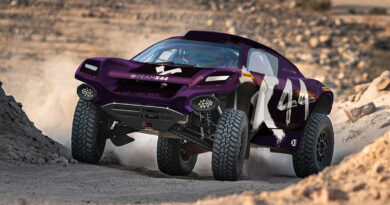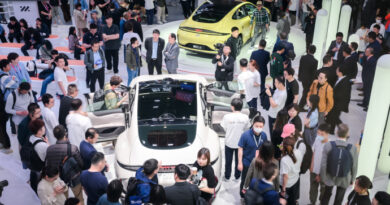Why EVs should become the go-to of the used car world
I’ve got a theory on electric cars: they’re going to be terrific second-hand buys in future.
Now, before you start bemoaning the battery degradation and how fast the new tech is set to evolve over coming years (zero question), hear me out.
If you think about what makes a great used car it often comes down to reliability.
Have a look at the prices of 15-year-old prestige European brands and you’ll get the idea. If there’s a reputation for things going wrong and costing a lot to fix, buyers often exit with renewed enthusiasm.
Many people would prefer the security of something simpler and arguably more reliable, which often means cars from Japan or Korea.
Blame it on those things that can go wrong.
See our used EV buyer’s guide.
The performance and luxury end of the market prides itself on technical innovations, many of which are often centred on drivetrains – the engine and transmission.
A transmission with more ratios that can shift quicker is generally more technically advanced.
Similarly, a compact engine making lots of power and doing it efficiently is hot stuff when new car shoppers are kicking tyres.
But all that whizz-bangery comes with an associated propensity for more things to stuff up.
An advanced older car with engine or transmission problems is as popular as a politician at a barbecue – and can turn out to be as reliable as one of their promises.
Sure, Toyotas may often be bland and a tad underwhelming on the showroom floor – yes, there are exceptions – but speak to a mechanic and many will inevitably refer to their ability to keep soldiering on with minimal fuss.
Which brings me back to EVs.
By far the most expensive and complex part of an electric car is its battery. That’s why manufacturers provide a longer warranty for the battery than they do for the rest of the car.
But anecdotal evidence suggests batteries on a well-treated EV rarely fail outright, they merely lose some of their ability to hold charge. If you do a lot of ultra-rapid charging and drive regularly in extreme temperatures that battery degradation can be more pronounced. Similarly, the more cycles – charges and discharges – you put the battery through, the more it will lose some of its original capacity.
It’s the same with laptops, smartphones and other consumer electronics, although the circa-eight-year warranties car manufacturers put on their EV batteries – most with a guarantee of 70-75 percent of the original capacity – suggest they’re of a higher quality and/or better managed through software over their life.

But the early EVs on the market – the Nissan Leaf is one of the most popular – are demonstrating batteries will still hold a usable chunk of their initial capacity.
Sure, it may only be good for 100-200km of range, but for many used-car buyers that will be plenty, especially if it’s a city runabout or a second car. It just means more plugging in, most of which will be done at home.
What those people driving old EVs won’t have to do is worry when the drivetrain is likely to go bang. Electric motors are super simple things and require no maintenance. And most drive through a single-speed reduction gear that is equally as simple.
OK, so there are ECUs and other electronics that can also fritz out, but that’s no different to an ICE car.
The point is that an older EV does without two of the biggest pain points for drivers of older combustion engine cars: the engine and the gearbox.
And it’s relatively easy to ascertain the condition of the thing on an EV that can have issues: the battery.
So those looking for a used EV will have a very good indication of what they’re stepping into with less to worry about in terms of major issues.
Sure, they’ll be buying an EV that has less range than it did when it rolled off the showroom as the latest and greatest.
But they’ll have a car that’ll likely trounce its ICE competition for reliability.
All of which bodes well for those wanting to venture into the world of EVs.
The biggest challenge could be finding one in years to come.




